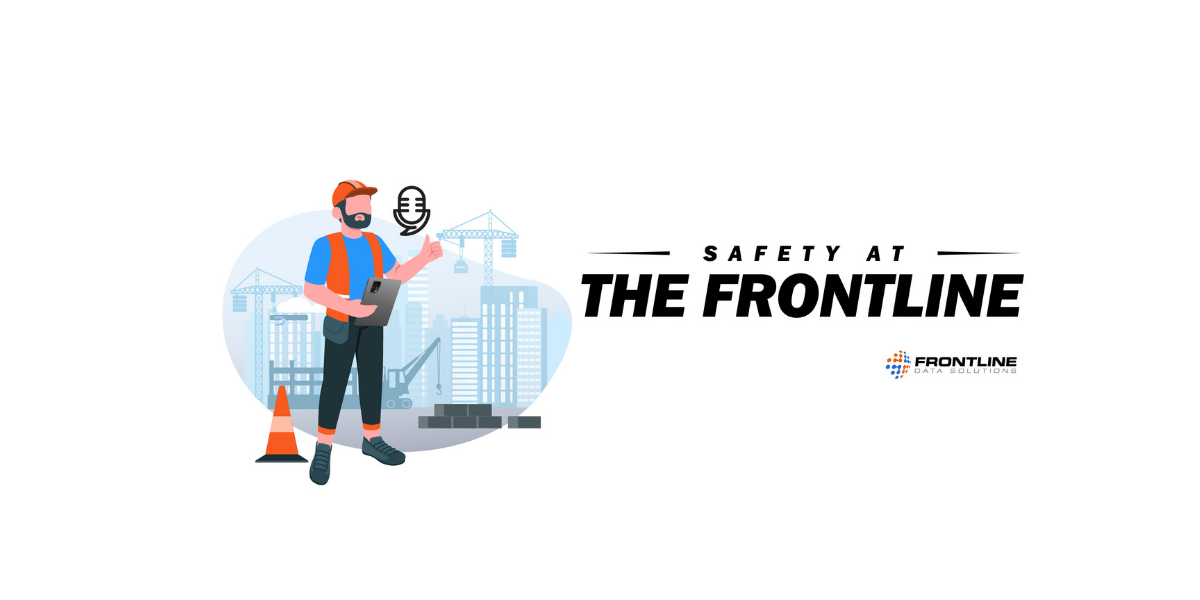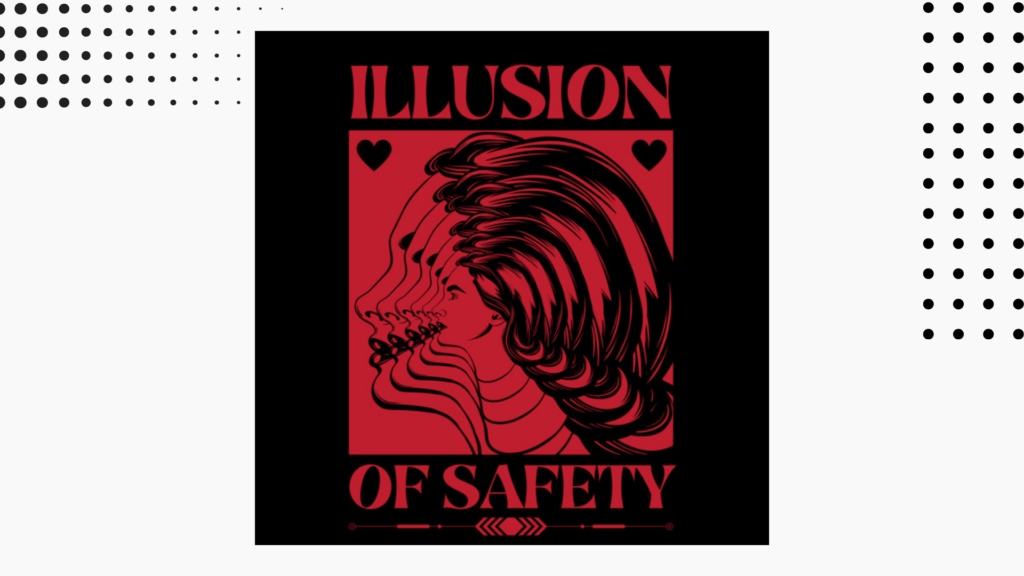What’s going on in EHS this week? Find out with Safety at the Frontline!
Tune in on Mondays to get the latest safety news with Frontline’s podcast. We’re covering the top EHS news, along with some quick and useful tips, so you can stay safe and keep rocking on the frontlines.
“Earth’s Safest Place to Work”
Last year, Amazon pledged to be “Earth’s Safest Place to Work.” But according to a new report from the union coalition Strategic Organizing Center, the serious injury rate at the company’s American warehouses rose 15% since the pledge.
The report, published last week which relied on federal injury data, shows that the average Amazon worker was more likely to get hurt in 2021 than they were in 2020. This information comes as the company recently said it spent $300 million on worker safety and instituted a slate of new programs it claims are designed to reduce injuries.
Washington state’s workplace safety agency said there is a “direct connection” between Amazon’s “very high pace of work” and high rates of repetitive stress injuries like strains, sprains, and hernias among the company’s warehouse workers. We’ll keep an eye out for where the statistics are headed throughout the year.
Heat illness and injury protection
As spring is in full bloom and summer is fast approaching, OSHA has launched a National Emphasis Program to protect millions of workers from heat illness and injuries, for the first time. This program will allow OSHA to conduct heat-related workplace inspections before workers suffer completely preventable injuries, illnesses, or even worse, fatalities.
Secretary Marty Walsh and Vice President Kamala Harris announced the new enforcement program in Philadelphia just last week. As part of the program, OSHA will proactively initiate inspections in over 70 high-risk industries in indoor and outdoor work settings when the National Weather Service has issued a heat warning or advisory for a local area.
Employee participation in reducing MSDs
Because we talked about strains and sprains, it’s worth mentioning that according to a new report from the European Agency for Safety and Health at Work, employee participation in workplace interventions that target musculoskeletal disorders strengthens the possibility of identifying the most relevant health problems.
In the report, EU-OSHA examines best practices of participatory ergonomics in multiple industry sectors, including construction, agriculture, transportation, and wholesale and retail trade. Because workers are more aware of the practicalities of their work, they will have ideas about how to improve work to reduce the risk of MSDs.





